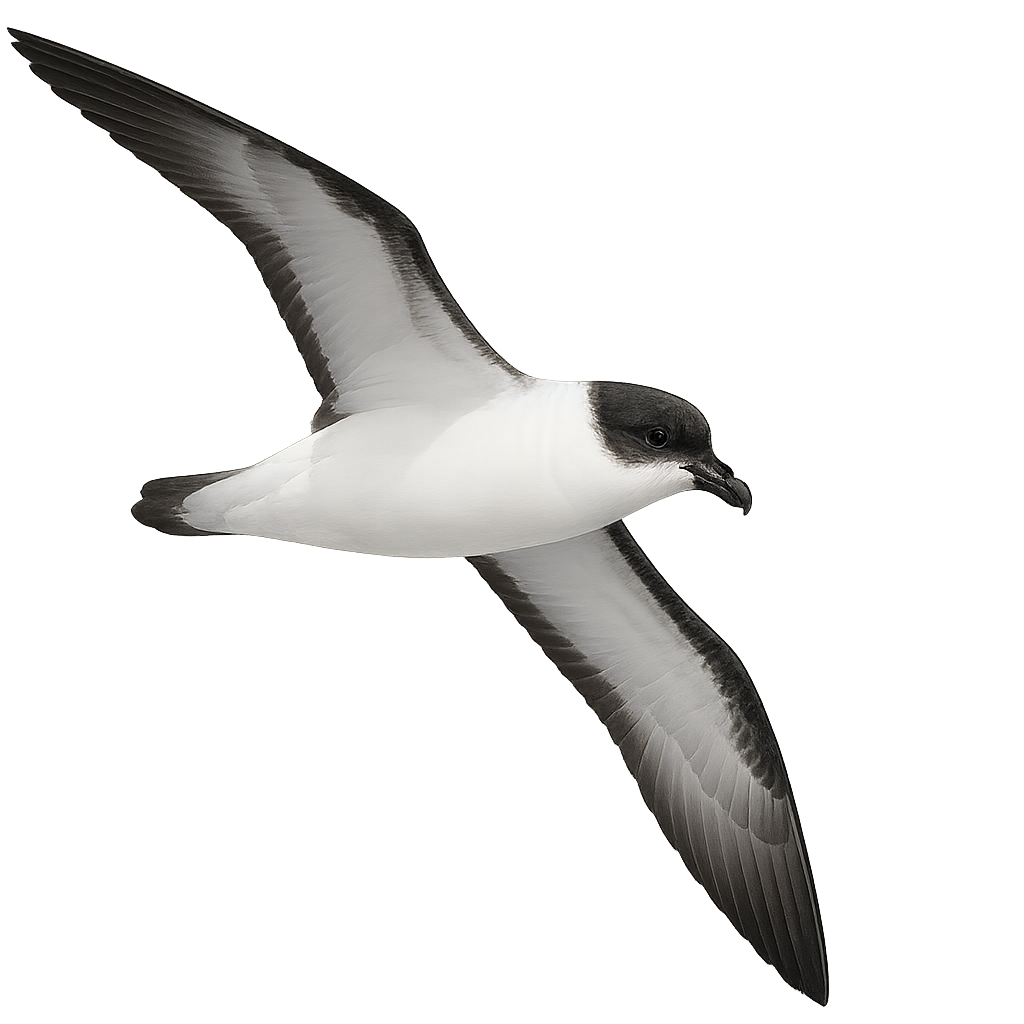Your wildlife photography guide.
Explore the black-capped petrel in detail, study its behavior, prepare your shots.
Where to observe and photograph the black-capped petrel in the wild
Learn where and when to spot the black-capped petrel in the wild, how to identify the species based on distinctive features, and what natural environments it inhabits. The WildlifePhotographer app offers tailored photography tips that reflect the black-capped petrel’s behavior, helping you capture better wildlife images. Explore the full species profile for key information including description, habitat, active periods, and approach techniques.
Black-capped Petrel
Scientific name: Pterodroma hasitata

IUCN Status: Endangered
Family: PROCELLARIIDAE
Group: Birds
Sensitivity to human approach: Suspicious
Minimum approach distance: 20 m
Courtship display: February to April
Incubation: 50-55 jours
Hatchings: April to June
Habitat:
oceans, cliffs, rocky islands
Activity period :
Mainly active at night, generally discreet during the day.
Identification and description:
The Black-capped Petrel, or Pterodroma hasitata, is a medium-sized seabird known for its distinctive plumage, featuring a black cap contrasting with its white belly. It is primarily found in the Caribbean and North Atlantic, often far out at sea. This petrel is an excellent glider, using air currents to travel long distances with minimal effort. It nests in burrows on steep slopes, often in inaccessible areas. Unfortunately, it is threatened by habitat loss and predation by introduced species. Conservation efforts are crucial for its survival.
Recommended lens:
400mm – adjust based on distance, desired framing (portrait or habitat), and approach conditions.
Photography tips:
To photograph the Black-capped Petrel, it is advisable to use a 400mm or longer lens to capture detailed images from a distance. Lighting conditions can vary at sea, so a camera with good low-light performance is recommended. Be patient and wait for the bird to approach your boat or observation point. Avoid disturbing their natural habitat and respect safety distances to prevent stressing the birds.
The WildlifePhotographer App is coming soon!
Be the first to explore the best nature spots, track rutting seasons, log your observations, and observe more wildlife.
Already 1 439 wildlife lovers subscribed worldwide

